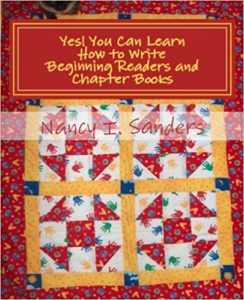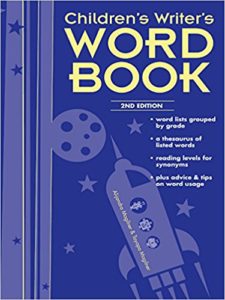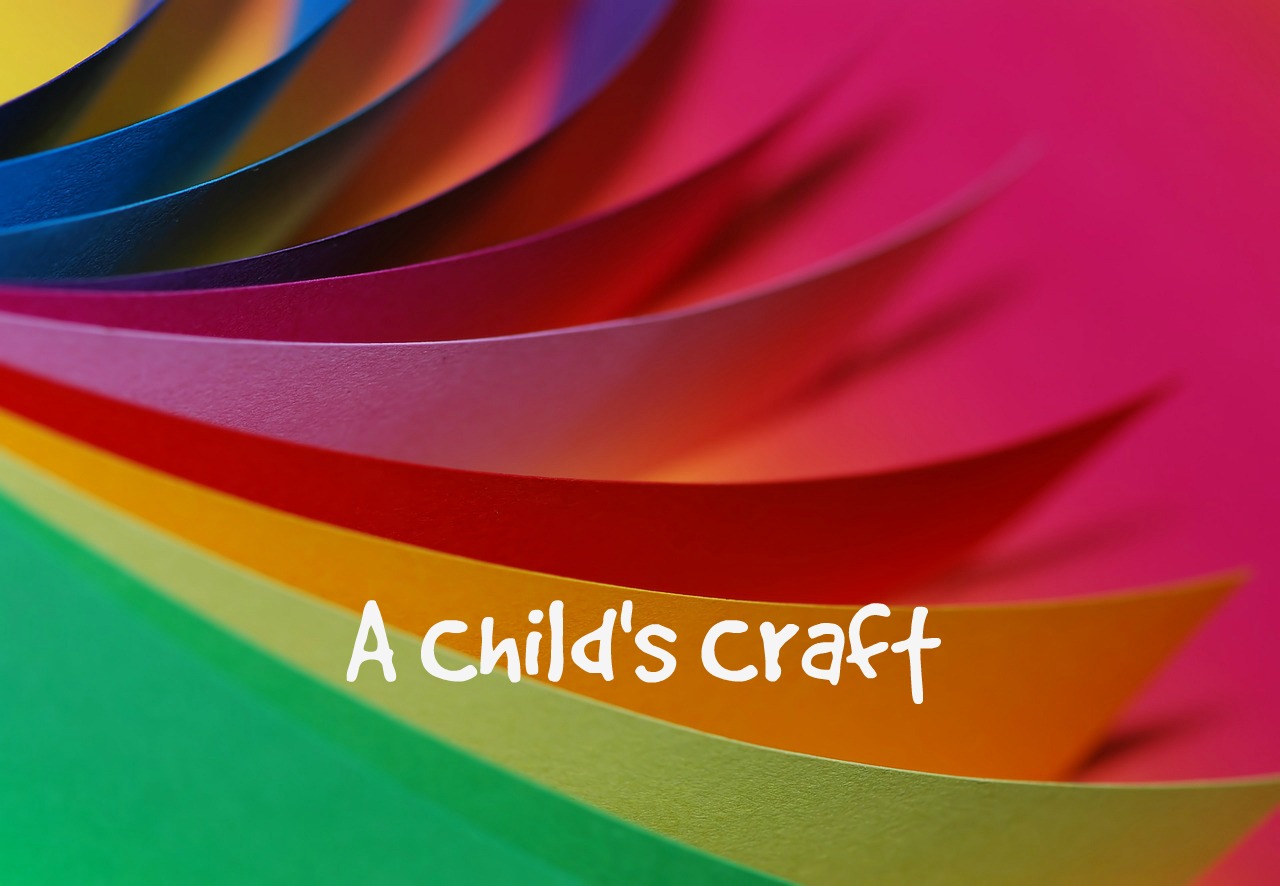As I mentioned in my last post, Understanding Early Readers, there are several markets for books for emerging readers. Whether they are published in the trade book market (for bookstores), in the educational market (for schools and libraries), for magazines or other markets most publishers use their own reading levels to distinguish their books and guide parents and teachers.
However, if these books will be used in any way by students and teachers they must follow the guidelines of National and state-wide Standards, and Common Core State Standards.
Nancy I. Sanders’ book Yes! You Can Learn How to Write Beginning Readers and Chapter Books contains a lot of information on these standards. You can also research them at www.corestandards.org. Also, Google “National Standards for Education” and state standards by individual states. It will take quite a bit of time to become familiar with these sites. But, if you wish to write for these markets it’s time well spent.
Another book that is indispensable for writing on specific reading levels is Children’s Writer’s Word Book by Alijandra Mogilner and Tayopa Mogliner. The Introduction explains how to use the lists in the book to keep your writing on a specific reading level.
There are several nationally accepted methods of measuring readability. They are used for different purposes. They include:
- Flesch Reading Ease
- Flesch-Kincaid Grade Levels
- Lexile Measure
- Lexile Framework for Reading
- Gunning Fog Index
- Coleman-Liau Index
- SMOG Index
- Automated Readability Index
- Spache Readability Formula
- Dale-Chall Readability Formula
Whew! That’s enough to scare you off, isn’t it?
It is NOT necessary that you understand these measuring tools in order to use them. Having a tool that will give you the grade levels and reading levels is all you really need.
You can find a very basic and simple tool in Microsoft Word. Under the “Spelling & Grammar” tool. When the spelling check finishes it will show you the Flesch Reading Ease score and the Flesh-Kincaid Grade Level of your text.
However, if you want more information I highly recommend Readable.io.com. The free version gives you limited use of the tools on the website. For only $5/month you have access to all of their tools, however.
You can check the readability of any document or file on your computer, or on any website or blog. It’s easy to use, too. (No, I’m not a paid spokesperson, but I love this tool!)
Readable.io.com gives you:
- All of the above mentioned reading scores and explains them
- Rates the quality of the text by counting adverbs, adjectives, nouns, passive verbs, etc.
- Gives you word count, syllable count, words per sentence, words per paragraph, etc.
- Analyzes for Buzz words, Key words and other details especially useful for online text.
- Analyzes other details useful for writing for international markets.
I can see all kinds of uses for it if you especially if you write for school-aged, or for school and library markets.
Try the free version and LET ME KNOW WHAT YOU THINK, PLEASE!
Or, dive into Microsoft Word and measure the readability of your current manuscript. It’s easy! Then tell us what it is, please.
Thanks!
Jean Hall lives in Louisville, Kentucky. She is represented by Cyle Young of Hartline Literary. Her premier picture book series Four Seasons was recently signed by Little Lamb Books. Jean is a member of the SCBWI, Word Weavers International, and the Kentucky Christian Writers. Visit Jean at www.jeanmatthewhall.com, on Facebook at Jean Matthew Hall, and on Twitter as @Jean_Hall.










7 Comments
Hallo Jean – such a great and timely post! my neighbor kids have asked me to write stories for them, and the first one, while adorable (in my humble opinion) has a few words the reader had trouble with. this will help me know what is grade-appropriate! thanks so much – definitely saving this for reference!
Thank you, Robin. I pray the Lord will continue to use your stories to bring children to Christ!
Great post, Jean. I have a dog-eared copy of Nancy Sanders’ book and use the Word Book as well. I find them both helpful. I use the tool on Microsoft Word on everything. A writer can learn a great deal by using it. Not only does word choice affect the reading grade level but also the length of a sentence.
I’ll have to check out readable. Thanks for sharing!
Hi! I looked up this site as an assignment for my writing class. I learned what a “dialogue tag” and an “action beat” are! I’m interested in writing for a daily devotional called “The Upper Room.” I signed up to receive your newsletter. Thank you!
Ruth
Hi, Sally! Thanks for leaving a comment. I do love the ease of using Readable.io.
Ruth, I’m so glad these posts are helpful to you. And, thanks for signing up on my blog, too!
Blessings,
Jean
Jean, thanks for these great tips on readability! It was all so helpful. I love it when I learn something new like this…thanks so much. And thank you, too, for the shout out you’re giving my book here on your posts. Hugs to you!